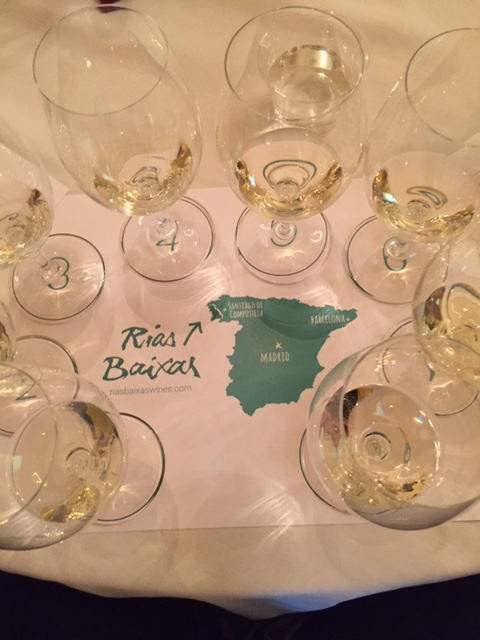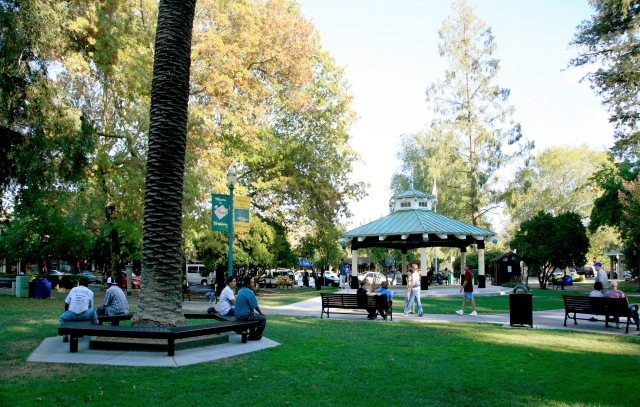“His heart danced upon her movement like a cork upon a tide.” — James Joyce
We all have such romantic notions about wine, don’t we…I wonder if we’d have felt the same way 300 years ago, when wine bottles were sealed with oil-soaked rags?

Corks lend a fanciful touch to the ceremony of cracking a special bottle – a sense that we’re about to celebrate something – that screw-on caps just can’t emulate. We sniff our corks, we admire their calligraphy, we hoard them. Have you ever met anyone who hoards screw-on caps? I think not.
Corks (the real kind, not those annoying, synthetic polyethylene things) are made from the light, tough outer layer of bark of the cork oak tree, a.k.a. Quercus suber – not to be confused with the cork tree, which also sports a corky bark but isn’t used for making wine corks. The cork oak is considered sustainable because it can be harvested without cutting down the tree; once the tree reaches 25 to 30 years old the bark is stripped and the tree lives on. Every seven or nine years (depending on whom you ask), the tree is ready to be stripped again; it’s the second stripping that produces the best wine corks.

[A guide explaining the cork oak tree on the grounds of SIMI Winery in Healdsburg, California.]
Cork oaks, which live an average of 200 years, grow in half a dozen countries, but most corks are produced in Portugal – where the higher-quality corks are sourced – and Spain. And here’s something to remember when you dream of opening your own winery: the finest corks can cost bottlers as much as 1 Euro each, or at today’s conversion rate, about $1.17.
Harvesting cork is a delicate operation. Workers called “extractors” use a sharp axe to make two cuts: one horizontal slice around the tree, called a crown or necklace, and several vertical cuts called rulers or openings. Then they push the axe handle into the ruler – gently, to avoid damaging the tree – and peel off large sections of cork called planks.
Cork is a remarkable substance: its tiny air pockets make it buoyant, about four times lighter than water. It’s fire resistant (which is why it’s used in making home insulation) and forms a watertight seal in the neck of a wine bottle. Yet it permits a tiny bit of oxygen into the bottle, about one milligram of oxygen each year, enabling the wine’s flavor and aroma to evolve over time.
There are advantages to using synthetic corks, of course. They allow a consistent amount of oxygen into the bottle, and they don’t carry “cork taint,” caused by TCA (2,4,6-trichloroanisole), the chemical compound that can make your wine smell like Grandma’s moldy basement – an affliction found in about 1 percent of wine bottles. And TCA isn’t picky; it’s just as happy spoiling a $100 bottle as that cheap $6 bottle you snuck into your grocery cart.
For you cork hoarders, you can spin your cache into cash: used wine corks sell online to crafters and jewelry artists, about $8 to $10 in batches of 100. You can unload your used synthetic corks, too, for up to 14 cents each. And by the way, don’t bother sniffing the cork when you open a bottle. Flaws are detected more easily by smelling and tasting the wine itself; the cork probably won’t indicate anything important.
Wine Lingo of the Day: NV = nonvintage. When you look at the labels of most wines, you’ll see a year – the year when the grapes were grown and harvested, or the “vintage.” But in wine reviews or restaurant wine lists, you’ll often see the initials “NV.” That indicates the grapes used to produce that wine were harvested in two or more years. Winemakers blend grapes from different vintages if they’re looking for consistent aromas, tastes and other qualities in the wine, year after year.
 Vino ‘View: A delicious example of an NV wine is Astoria’s Caranto Pinot Noir (13 percent alcohol, $11). The spicy, cinnamon first taste opens up to plums – maybe prunes – with a smoky, blackberry jam finish. My last glass was especially creamy (think fig newton, blackberry pie crust). This full-bodied wine with medium tannins is a terrific value! We paired it with pasta from Rustichella d/Abruzzo that was gluten-free, made from a red-lentil base, in a cold chicken-cashew salad – a recipe we found online. We chilled the wine slightly for our perfect summer supper.
Vino ‘View: A delicious example of an NV wine is Astoria’s Caranto Pinot Noir (13 percent alcohol, $11). The spicy, cinnamon first taste opens up to plums – maybe prunes – with a smoky, blackberry jam finish. My last glass was especially creamy (think fig newton, blackberry pie crust). This full-bodied wine with medium tannins is a terrific value! We paired it with pasta from Rustichella d/Abruzzo that was gluten-free, made from a red-lentil base, in a cold chicken-cashew salad – a recipe we found online. We chilled the wine slightly for our perfect summer supper.
Cheers!
Mary





















